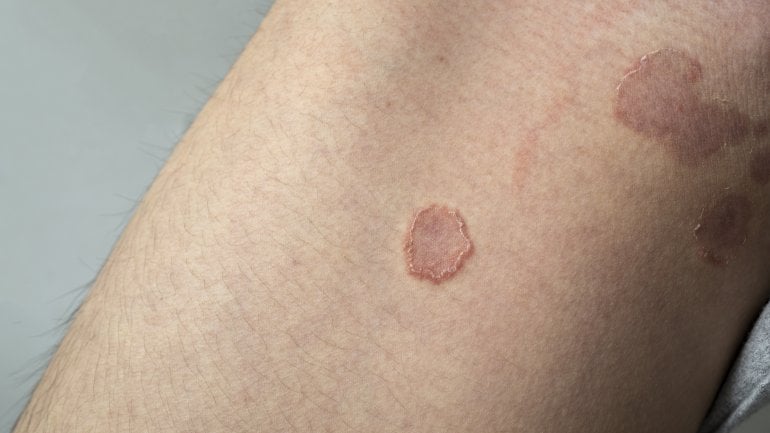Mars rovers Curiosity And the perseverance persistently seeking Traces of life on Mars. According to new study NASA, they’re not going to be very successful because they can’t drill deep enough.
The problem is radioactive radiation On Mars and how it destroys the effects of life. Around Amino acids. They occur in all known living organisms and are among the basic building blocks of life. However, they are not unequivocal evidence of life. For example, amino acids are found in the asteroid rock Ryugu.
However, in the case of Mars, amino acids can strengthen the theory of the Red Planet once Liveable conditions It was. The amino acids can enter the Martian soil through sedimentation and defy the harsh conditions there. The NASA study aimed to find out how deep the Earth’s amino acids are so they can survive for billions of years.
Mars is exposed to cosmic rays
Researchers hypothesize that Mars became unfriendly to life when it was magnetic field Lost. They carried without a protective magnetic field solar wind Atmosphere outside. I got thinner and thinner until finally no liquid water There could be more.
Without a magnetic field, Mars is that too cosmic rays Handed almost defenseless. For comparison: on Earth, humans are exposed to 0.33 millisieverts of cosmic radiation each year. The ratio on Mars exceeded 250 mSv.
Radiation penetrates rocks and stone and decomposes organic matter such as amino acids. However, this happens more slowly than if they were only on the surface. So NASA has started experiments for the current study to see how deep you have to dig to get a chance to find the right amino acids.
The rover is digging two meters long
The results are shocking. The current Mars rover can do this Digging 5 cm deep. At this depth, it takes “only” 20 million years for the amino acids to be completely destroyed. Currently, assuming Mars was habitable about 3 billion years ago, you would have to Dig at least 2 meters deepTo find the right amino acids.
This discovery was made available through experiments as part of a study that simulates Martian soil for the first time. To do this, the amino acids were mixed with minerals that can be found in the soil of Mars. Next, the mixtures were treated with gamma rays to mimic cosmic rays. It was found that the interaction between temperature, water content and an increase in the number of perchlorates (salts) accelerated the decomposition of amino acids.
A hole dug by perseverance
© NASA
The Mars rover has to drill in certain places
But this does not mean that drilling by Mars rovers are completely useless. Instead, NASA now knows where to look. Target small pits, younger than 10 million years old, or the material excreted by these microorganisms. If this material comes from Mars’ deep layers (ideally 2 meters or deeper) and has been exposed to cosmic rays at the surface for less than 10 million years, there is a chance that amino acids may have survived in it.
Mars rovers have been curiosity and perseverance in the past organic matter Found on Mars. However, according to NASA, it can be caused by both chemical and non-biological processes. In addition, they have already been modified by radiation at the surface, which is why it is difficult to draw conclusions about when and how they actually formed.

“Total coffee aficionado. Travel buff. Music ninja. Bacon nerd. Beeraholic.”








More Stories
Ringworm (tinea corporis): symptoms and treatment
Short sleep significantly increases the risk of disease – healing practice
How to calm yourself!